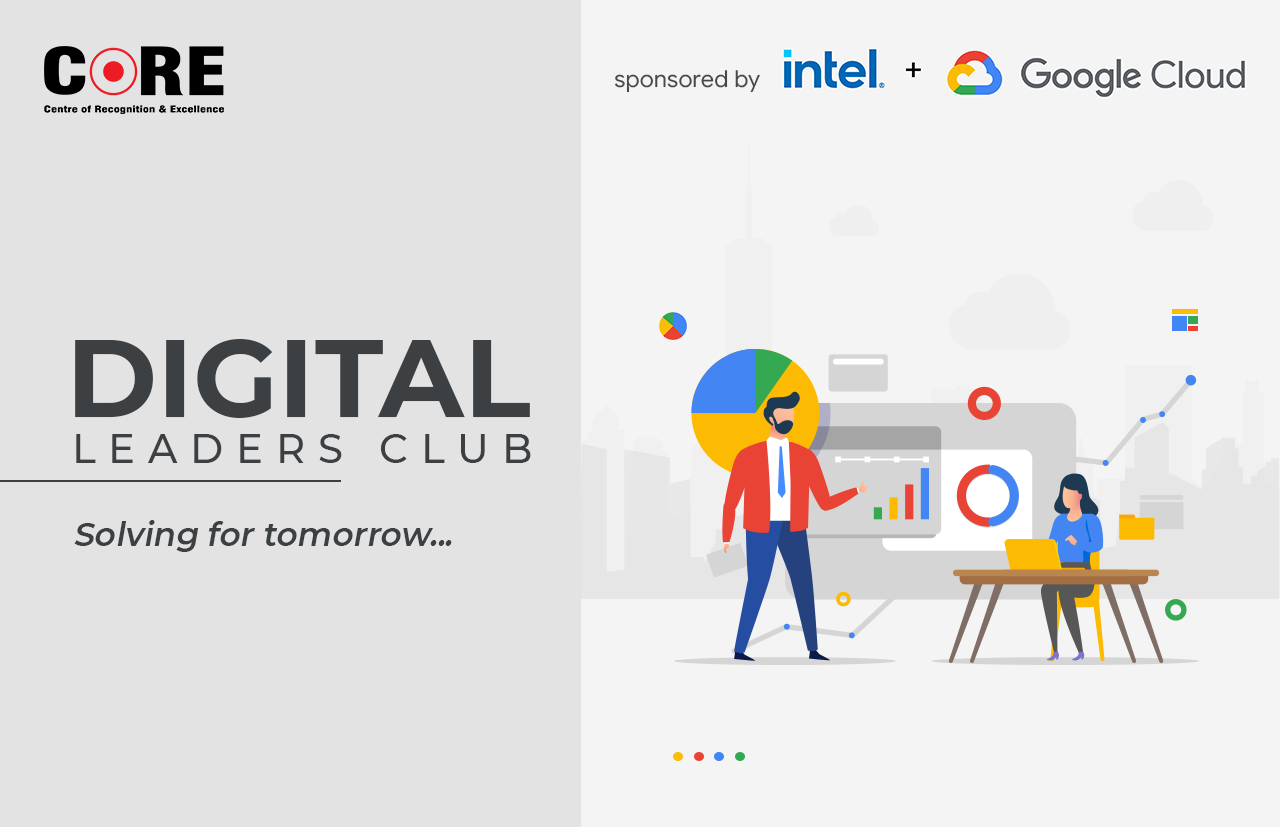Top highlights
- CIOs are taking progressive and sustainable approaches to modernization and digital journeys
- Regulatory requirements and customer experience influence cloud strategies in a positive way
- CX/EX and new automation use cases remain key priorities for tech leaders going forward
With businesses planning for a new chapter in their digital journey, IT leaders are taking a relook at their digital landscape to overcome the challenges. Most CIOs are stepping up to do what is needed for their business in the current situation and ensure it is stable.
The 9th edition of “Digital Leaders Club” – a unique collaboration platform for technology leaders, curated by CORE Media and Google Cloud India, focused on the common challenges faced by IT leaders. The participants in the discussion exchanged views on how their organisations are leveraging Cloud and how they have reworked their digital landscape to ensure business continuity going forward.
“The past year has been very challenging for enterprises - from strengthening the IT infrastructure, outlining the data strategy, migrating to Cloud, adopting skillsets, and talent management. CIOs are tasked with the responsibility of drawing up a new technology roadmap that aligns with the changing consumer behaviour and shifting IT landscape,” said Anoop Mathur, Founder & President, CORE Media, who moderated the discussion attended by well-known IT leaders in the industry and Google experts.
Ratnakar Reddy of Google Cloud said, “While organisations are impacted in many ways, at Google, we focus on how to handhold. The most resilient leaders are the ones who despite this current situation still step up and leverage technology in most innovative ways. Google Cloud is trying to help IT leaders in this journey in a more holistic way by engaging with the stakeholders at an early stage, even before they decide to adopt the cloud or any key technologies. This helps us understand the context a bit better, and then we get into a very structured conversation.”
A CIO from the banking sector was of the view that modernisation is not a one-time activity. “We started our digital journey two decades ago. From the manual banking era, we have moved to Advanced Ledger Posting Machines (ALPM), the core banking solution, and have now landed up in the digital environment space. Currently, we have implemented AI and ML through RPAs and Bots. We have automated a lot of things where the requirement of manpower has drastically come down in few areas. We also have plans to move the UAT environment to the Cloud which doesn’t have any dependency on the on-prem. We have started a three-year Cloud journey for movement of applications from on-prem to Cloud.”
Highlighting the business side of the challenge they face with the customers and how do they internally manage the data strategy with all the tools and platforms available, another CIO of a telecom major informed that in the last two years they changed their style of transformation, globally, and it has given them a bigger play to solve their data strategy.
As a highly regulated industry, Pharma sector goes through periodic audits. Most pharma companies do not migrate their core apps to Cloud so that security and controls are in place. In this context, a CIO of a pharma company said, “We have moved our non-core apps to Cloud, which are SaaS-based. To date, we are more secure and predominantly 95% of our infrastructure or applications are on-premise. But, we have drafted a roadmap to slowly migrate all our non-core apps to Cloud. We are even talking about having the RPA and the data lake (AI/ML) on Cloud this year. When we see more use cases in this regard from the pharma sector, we will have more confidence.”
“We have done a lot of work enabling core systems to be moved to Cloud so that it removes management overheads for a lot of people. There are several areas where we are helping the companies both in India and internationally. For example, we have pharma companies running SAP on Google Cloud. We are also helping companies with drug discovery with AI and ML on the Cloud, which is again approved with GxP compliance. We are also enabling employee productivity on Cloud,” Ratnakar informed.
Another CIO from the manufacturing sector said that his company is on a Cloud journey building their own ERP systems and CRMs while leveraging different technologies, and are currently considering relevant solutions for the same from Cloud providers, especially around supply chain, distribution, logistics, etc., with quite a few advanced models.
Highlighting the top priorities they were focusing upon in the current year, CIOs on the panel informed that, improving -customer satisfaction, multi-cloud , strengthening the IT infrastructure to enable WFH, creating zero touch/zero wait enablers, and easing the pain of accelerating the digital transformation were some of the key priorities they were focusing on.
Resources:


